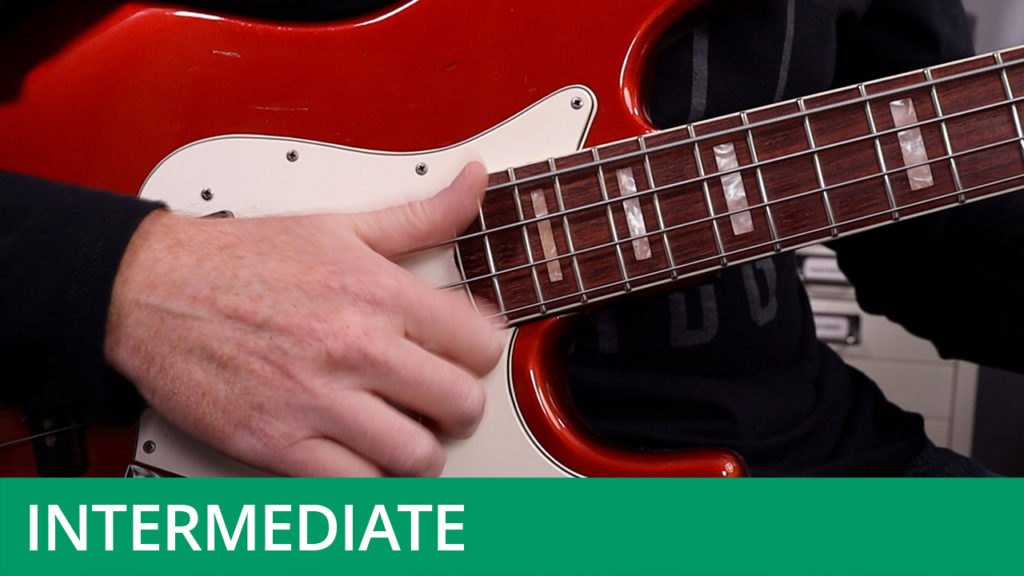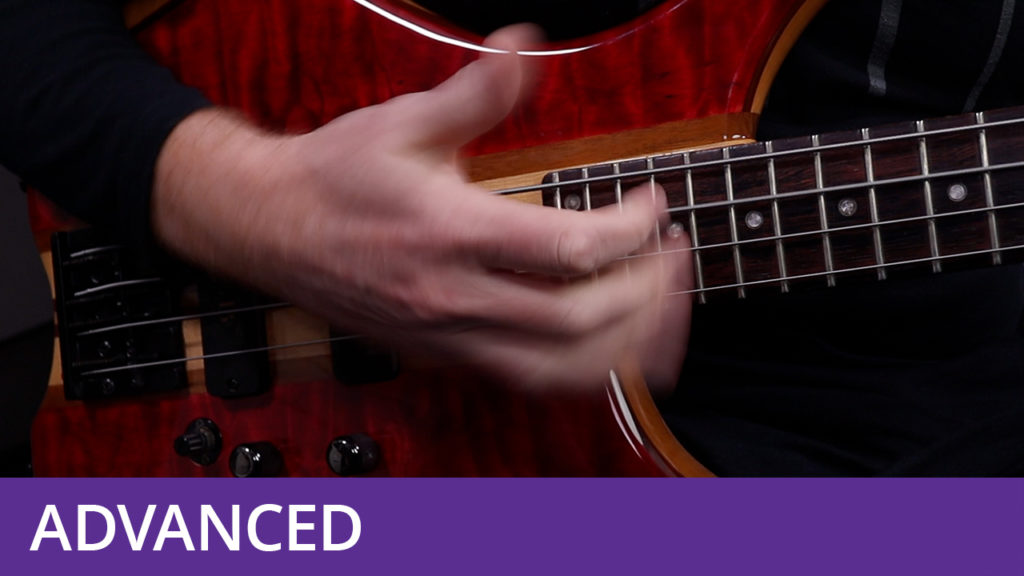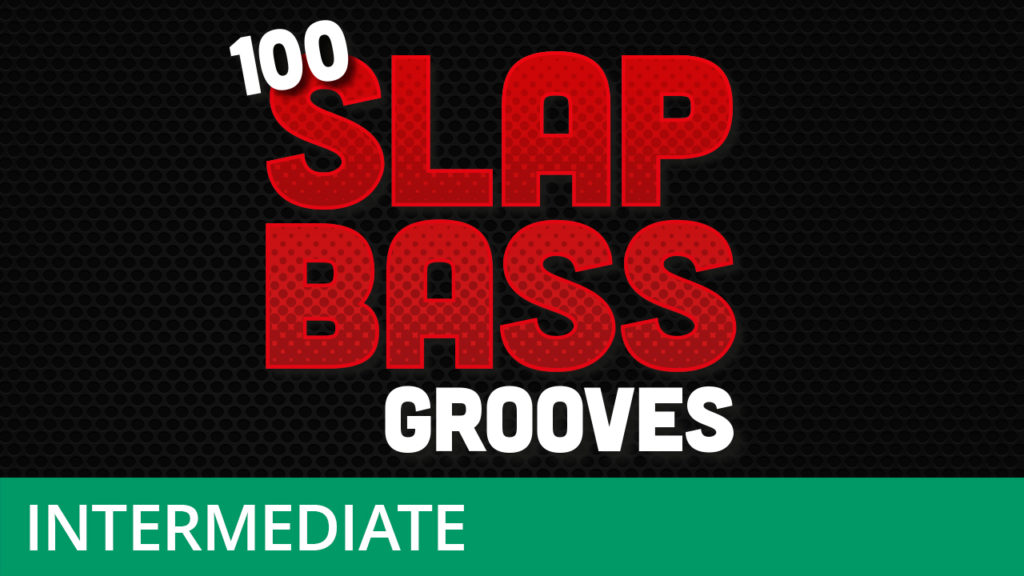Slap Bass – Shuffle Grooves
Course Duration: 32 Minutes | Difficulty Level: 4
This video course will examine the challenges of playing slapped lines over the shuffle feel. Shuffle grooves are based on a triplet subdivision, where the beat naturally divides into three, rather than two or four. This gives the music a very different feel. For examples of slapped shuffle grooves, listen to 'Higher Ground' by Red Hot Chili Peppers, 'Lopsy Lu' by Stanley Clarke and 'Heathrow' by Level 42.
When playing over the shuffle feel you’ll probably find that many of your favourite slap and pop fills and grooves don’t work, or at least will need to be adapted. Because of this, it is a good idea to practise the slap technique over this feel. It’s also a good idea to keep a mental repertoire of grooves, fills and solo figures that work well in this feel - these exercises will be a great help in that regard.
Note that shuffle grooves can either be written in 4/4 time using triplets, or in 12/8 time, where the beat naturally divides into three. Both time signatures are used in the notation of these exercises.
Don’t forget to hit the Download Resources button above in order to download the PDF worksheet and audio files for this course (available to subscribers only). The worksheet is available with TAB and without, for those who wish to give their reading skills a workout.




